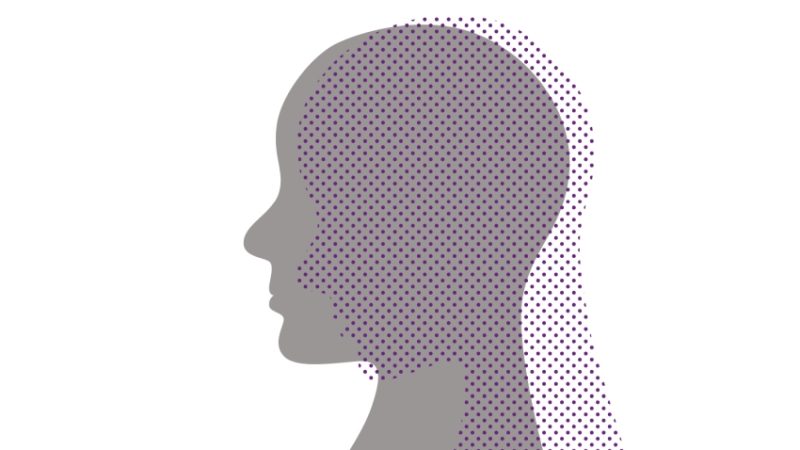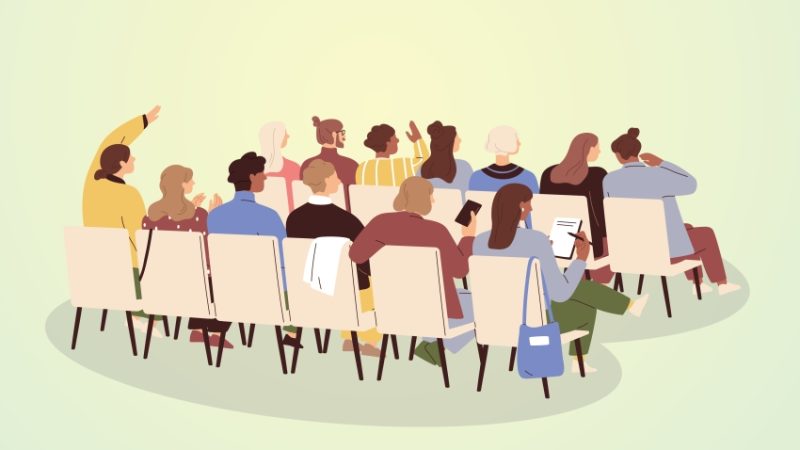What Every Teacher Needs To Know About…Neuroscience

We only use 10% of our brains? Hogwash. Children have different learning styles? Nonsense. Teachers need to know what research actually says, and what they can then do with it.

- by David Didau

With the advent of increasingly inexpensive access to brain imaging technology, neuroscience has entered a fascinating period of rapid advancement. The ability to generate images of what’s going on in our heads is hugely exciting, and the enthusiasm for trying to apply this science to education should come as no surprise.
However, neuroscience is probably the ‘wrong level of description’ to provide meaningful insight into classroom practice: concepts like neuroplasticity, or findings about the role of dopamine in learning, provide few insights into how best to teach maths to 11 year olds.
As professor of developmental neuropsychology Dorothy Bishop says, “Neuroscientists can tell you which brain regions are most involved in particular cognitive activities and how this changes with age or training. But these indicators of learning do not tell you how to achieve learning. Suppose I find out that the left angular gyrus becomes more active as children learn to read. What is a teacher supposed to do with that information?”
That said, neuroscience does prove useful to education when it enables cognitive theories and models of how children learn to be tested. Take the example of dyslexia. For decades a debate raged between those who were convinced the condition was caused by a disorder of visual-perceptual system, and others who were equally sure that phonological problems were at its root.
Brain imagining techniques have been able to shed much-needed light on which of these rival hypotheses provides the better explanation. Currently, studies finding reduced activation in the left temporoparietal cortex suggest that dyslexia is better explained by phonological rather than visual perception issues. This is invaluable information and lets teachers know that time will be much better spent embedding phoneme-grapheme relationships than mucking about with coloured filters.
Brain food
Still, what teachers really need to know about neuroscience is the extent to which its language and imagery can be used to baffle and bamboozle. Several well-meaning but misguided attempts to apply neuroscience to teaching have led to a whole suite of myths and misconceptions.
Sometimes these are based upon ‘hyped’ versions or distortions of genuine findings, other times they appear entirely spurious; merely cloaking themselves in the language of neuroscience to give the ideas a veneer of plausibility.
One of the most widely believed is the thoroughly debunked notion that students have different learning styles. Others include such hoary old chestnuts as the claim that learners use only 10% of their brains (in fact we all use pretty much all of our brain pretty much all of the time); the idea that people are preferentially ‘right-brained’ or ‘left- brained’ (we’re not, we need all our brain in order to be logical and creative); and the bogus assumption that children’s cognitive development progresses via a fixed series of age-related stages.
These beliefs, despite having been comprehensively disproved, are remarkably persistent. This seems, at least in part, because people are easily persuaded by ideas when presented alongside neurological jargon.
In one study into how this kind of language influences our thinking, participants were divided into four groups with each asked to read brief expositions of psychological phenomena. Half the participants read good explanations, the other half, bad. Additionally, half the participants saw spurious neuroscientific justifications – specifying an area of activation in the brain – which were entirely irrelevant to the explanation, whilst the other half did not. Participants then had to rate how satisfied they were with the explanations given for each phenomenon.
Although participants could tell the difference between the good and bad explanations, the presence of the irrelevant neuroscientific information led them to judge the explanations, particularly the bad ones, more favourably.
Unsurprisingly, non-experts are even more likely to be persuaded by explanations that use technical language and scientific terminology. There’s even evidence that we may find scientific articles more credible merely when a picture of a brain scan is included!
Suspicious minds
How readily are we, as teachers, swayed by claims about child psychology or pedagogical techniques appearing to carry the stamp of authority offered by neuroscience? As professionals we should be just as ready to challenge neuro-myths in the staffroom as we would be to tackle students’ misconceptions in our classrooms. Perhaps the first step is simply to be aware of common misconceptions related to how children learn, so that we can challenge bogus ideas about teaching.
Given the limitations of directly applying neuroscientific evidence to classroom settings, as a rule of thumb we should probably exercise professional scepticism when anyone claims that a method of teaching is ‘brain-based’ or supported by ‘neuroscience’. There’s a good chance that such terminology is being bandied about to persuade us rather than to genuinely justify the approach to teaching.











